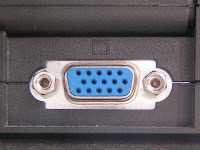EDI reffers to the transmission and receipt of such common-place trading documentation as involves, purchase orders and credit notes.
EDI benefits
- A much faster trading cycle cutting out the postal services and ensuring a higher degree of accuracy and security.
- EDI trading can enable a company to offer shorter delivery times.
- An example is Philips, the Dutch electronics company.






















